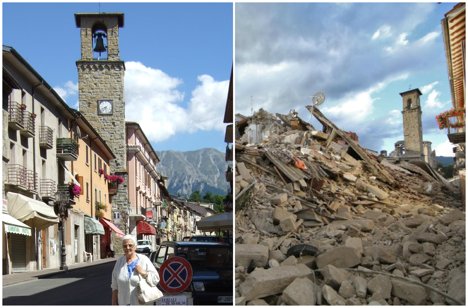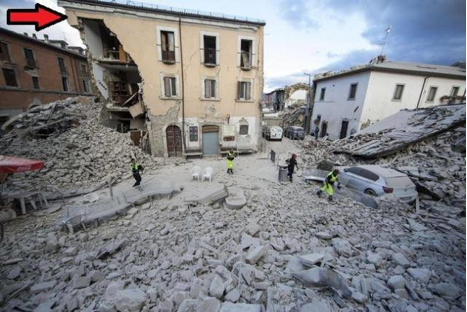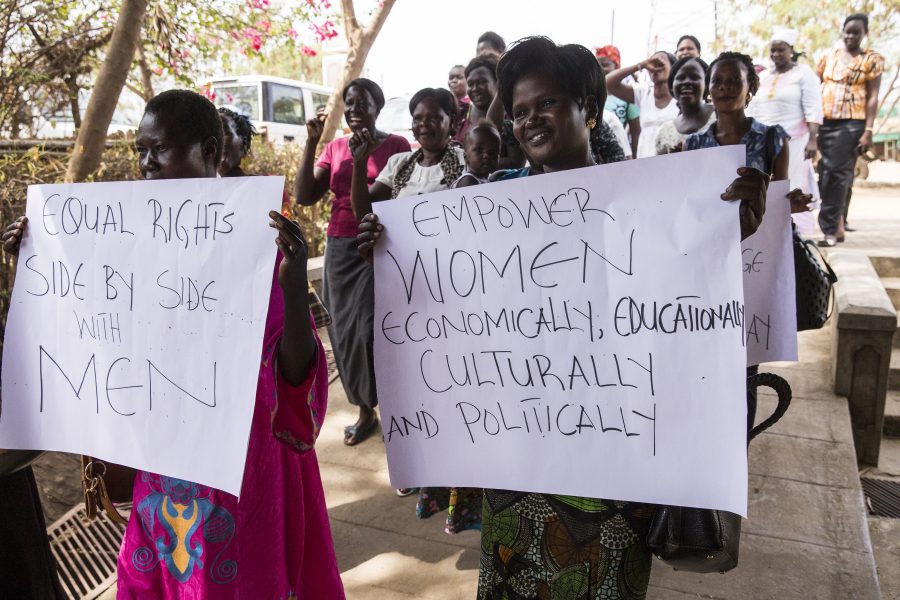Why the Death Toll is So High
The tragedy is in the news every day as the death toll climbs relentlessly, the latest figure, as I write on the day of the State Funeral held for the victims, is 291.
No one talks about why this death toll is so high. But an uncomfortable truth is beginning to emerge in Italy, and an emotionally-charged debate around it has already started, with accusations of mistakes and wrong-doing flung around. This is a complex question, and while it’s still early days to assess the extent and nature of the devastation, it’s worth taking a closer look at it.
Part of the reason the death toll was so high is, alas, quite mundane: Because it happened at 3:30 am in the dead of night, everyone was in bed. And why so many of the victims were children is also easily explained. It happened in an area close to Rome, a little more than an hour drive, and many Romans have secondary homes in all those charming hilltop villages, the mountain air is good, the views magnificent; grandparents spend the summer here, looking after their grand-children. As a result, the earthquake primarily hit the elderly and children who never had a chance to escape a collapsing house in the middle of the night.
Then there is another, more structural reason that human ingenuity can do little against: the devastation in Italy was due to the fact that the epicenter of the earthquake was fairly close to the surface, about 10 km deep, as compared to the one in Myanmar that happened on the same day. The two are not linked events, a mere coincidence, they are too far apart and not sitting on the same faults. But they serve to show the difference in impact: The 6.8 magnitude quake in Myanmar (as against 6.2 in Italy), while much stronger, also started much deeper, over 100 km down. Result: there was considerable damage to buildings, as may be expected from such a violent earthquake, but only 3 people were killed…
But there is yet one more reason and here humans are definitely at fault. It hasn’t yet fully come out in the international press but it’s fast emerging in Italian news (here, here and here): the materials with which many of those houses were built could not withstand the shock of the earthquake, it was cheap stuff, sand, clay, soft volcanic stone (“tuffo” in Italian), the kind of construction materials that people use to cut costs when they build their houses.
All (or nearly all) the houses that came down were modern (at most 50 years old) and not built to the required specifications for anti-seismic building in Italy. Government inspectors were never sent to check the houses; local municipalities caved in to local residents pleas and gave the OK for buildings that should never have been built.
Related article: “DON’T PANIC, JUST PREPARE”
Most of the old houses, those built of stone centuries ago, did not come down. Some churches lost their roofs, probably because they were poorly maintained. Maintenance is certainly key: such constructions need iron bars of reinforcement and other minor structural props, like what was done for 17th-century Palazzo Orsini in Amatrice. Every modern house around it came down except one at the end of the street that was built by a Roman 25 years ago, apparently a man of means who made sure his house was built to anti-seismic specifications, as he explained in the video I saw on Italian TV. The difference was stunning.
A local construction engineer, Gherardo Gotti, in an analysis loaded on Facebook and picked up by Meteo Web clearly identifies why the houses collapsed, image by image, like this one, with an arrow pointing to where an addition was made that was too heavy for the original structure:
Photo Credit: Facebook/Gherardo Gotti
But building a house to resist earthquakes is an expensive proposition, only the well-to-do can afford it. And this is the dreadful irony of this earthquake: it hit primarily the poor and nearly-poor, people who work through the summer, who don’t go on vacation and send their kids in the mountains in the loving care of their parents to ensure that at least they have a holiday…
Clearly, the establishment of strong anti-seismic building regulations is not enough. Application of the regulations must be enforced but people most also be given the financial possibility to meet requirements – perhaps through subsidies or other fiscal incentives like a tax holiday, or a combination of measures to sustain those who cannot afford to build homes that resist earthquakes.
For a full mindmap behind this article with articles, videos, and documents see #earthquake
Now this problem is nothing new, it emerged in 2009 with the earthquake in Aquila (Abruzzi), a couple of hundred miles away, and again in 2012, with the earthquake in Emilia Romagna (further north). At the time, it was the subject of intense debate and in fact led to the strengthening of anti-seismic regulations for the building industry – regulations that were obviously not applied as they should have been. In fact, every time there’s an earthquake in Italy – and there are many minor ones each year (an average of 150) and big ones every now and then – they inevitably cause a devastating loss of life; this is fully predictable because Italy, and especially the Apennine mountain range, Italy’s dorsal spine, is a highly unstable area sitting on top of the Eurasian and African tectonic plates that are moving around.
So here you are, with close to 300 dead six years after the Aquila earthquake, when all this could have been (largely) avoided. Italians are already saying it: The model they should follow is that of California and Japan…But what really needs to be done is to push both the political class, a.k.a. the “caste” in Italian parlance, and the State bureaucracy into doing their job. Because appropriate building rules exist, it’s a matter of following them.
Recommended reading: “ITALY PROBES WHETHER NEGLIGENCE PLAYED A ROLE IN QUAKE TOLL”











